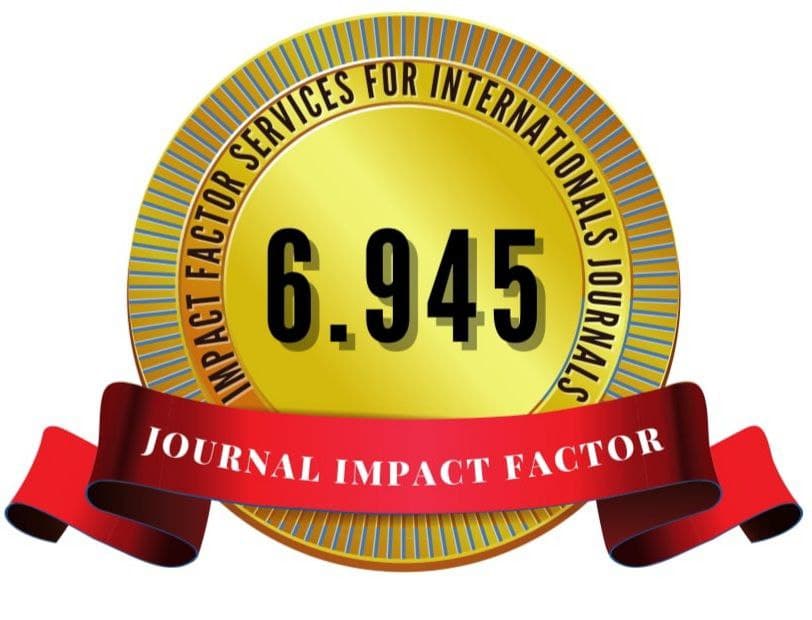Analysis of the Current State of the Social-Economic Process of the Republic of Uzbekistan
Keywords:
Republic of Uzbekistan, economic and geographical location, demographic indicators, structure of the economy, macroeconomic indicators, paired correlation and regression coefficient, Student's criterionAbstract
A comprehensive macroeconomic study of the country on the basis of statistical indicators determines the period of cyclical values. Factor relationships between the main indicators and with the help of mathematical methods gives predictive data from real calculated values. As a comprehensive scientific study, the authors of the article chose the main macroeconomic indicators, geographical and socio-economic data of the Republic of Uzbekistan.
The purpose of scientific research is to determine the main components of the dynamics of development of the national economy of Uzbekistan. The presented article sets out a general assessment of the state of the geo-economic situation of the Republic of Uzbekistan in the period 1990-2021. On the basis of the statistical data of the “Committee of the Republic of Uzbekistan on Statistics”, theoretical and practical methods and models for the study of geographical, economic, mathematical analysis of domestic as well as foreign scientists and specialists have been studied and applied.
The dynamics of exports and imports of the Republic of Uzbekistan for the period from 1991 to 2020 is analyzed. The most promising directions of economic entities of the economy have been determined, the development potential, the conditions for reforming and diversification have been studied. The main parameters that influenced certain socio-economic changes in different periods of the country's existence are identified and analyzed. Examples of cyclical changes in the economy from the moment of gaining independence to the present are given. As a methodological apparatus, a linear correlation-regression model was used that describes changes in the structure of the country's economy. The purpose of the correlation analysis was to identify an estimate of the strength of the relationship between random calculated values and real values. As the values of the coefficient of correlation analysis, the observed values were used by the comparative method of Student's criteria. Also, the equations of paired linear regression were applied, where the value of the dependent variable is the gross domestic product, the explanatory variables, respectively, were chosen the dynamics of the population, the value of exports and imports, and the amount of investment.
Multifactorial economic-statistical models of dependence between the main macroeconomic indicators of the country have been developed. According to the results of the calculations, a strong correlation was revealed between the gross domestic product and the size of the population, the size of exports and imports, and the size of investments. The predicted values are located as close as possible to the residuals, which indicates that the resulting regression equation has a high degree of accuracy.
Prospects for the study: the results of the study can be used to identify significant factors in the development of the national economy and economic sectors of the Republic of Uzbekistan.






